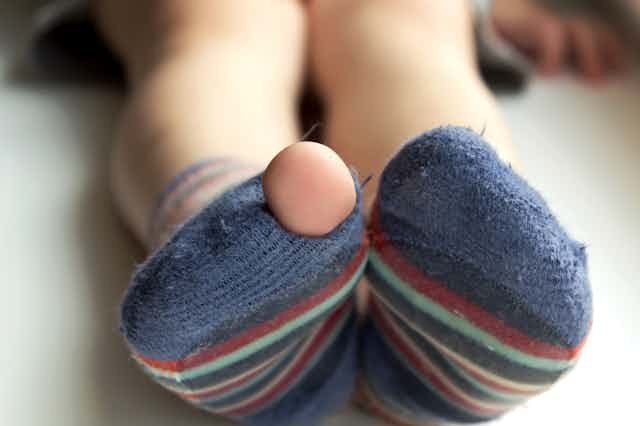The House of Commons has a big decision to make this week about the way the UK measures child poverty. MPs are once again due to discuss the Welfare Reform and Work Bill and will vote on whether to adopt amendments to the bill passed by the House of Lords. If MPs reject the Lords’ changes it will be a significant step backwards in attempts to ensure that children’s life chances are not hemmed in by the lottery of birth.
Discussing the bill in January, the Lords decided that the government should continue to track and report annually on the existing suite of four child poverty indicators – which the Conservative government is seeking to abolish. In their place, the government wants to report on an alternative set of “life chances measures”, which will include education attainment at age 16 and household worklessness.
The existing four measures of income and material deprivation were established in 2003 after extensive consultation. The most well known of the four is the relative income measure, under which children are considered to be in poverty if their household’s income falls below 60% of the median income (adjusted for household size).
This reflects an understanding that what children need to thrive depends on what others around them have. In rich countries, children don’t just need adequate food, clothes and shelter (though these are by no means a given for all children in the UK today), but also to participate in the everyday activities that many children take for granted: swimming lessons, school trips, having a friend to tea.
This relative concept of poverty is very widely accepted – even the prime minister, David Cameron, recognised it not so long ago, committing his party in 2006 to measuring and reducing relative poverty.
Focus on ‘life chances’
While the relative measure is the standard poverty indicator used across the European Union, in particular circumstances it can give a misleading picture. For example, in a recession, when average income falls, poverty can appear to be falling too, even if living standards haven’t improved for those at the bottom.
For this reason, to give a more comprehensive picture, the UK has not just one but four official indicators, including a fixed income poverty measure, a combined income and material deprivation measure, and a measure of persistent poverty. Under the terms of the 2010 Child Poverty Act, it is clear that a government can only claim to be reducing poverty if progress is being made against all four indicators, not just one.
Nearly two-thirds of children in relative poverty in the UK today live with a working adult. One of the government’s “life chances” proposals, will capture children living in workless households – meaning households where no adult works. But if at least one of a child’s two parents (or single parent) works, the child will be doing all right under this measure, even if their wages are not over the poverty line.

We know that income poverty matters to children’s lives and opportunities. In an extensive review of the evidence on the relationship between household income and children’s outcomes, Kerris Cooper and I found that, across a range of outcomes, children from low-income households do less well, in part because they have lower incomes. This was true for cognitive development and school achievement, social and emotional development, early health outcomes such as low birth-weight and also for intermediate outcomes such as maternal depression, maternal smoking and the home environment.
Widespread opposition
In January, the House of Lords discussed the proposed changes to measurement, ultimately voting by a clear majority (290 to 198) in favour of an amendment that would retain all four poverty indicators. The decision now lies with the House of Commons on whether to accept the the Lords’ position, or persist in their original intention.
There is widespread opposition to changing the way child poverty is measured. A letter to The Times, which I helped organise, gathered 175 signatures from academics calling on the government to approve the amendment and retain the child poverty measures.
The strength of support for the letter was no surprise. In 2012-13, the government conducted its own consultation on child poverty measurement, and last year Nick Roberts and I examined 251 of the 257 responses – all those we succeeded in accessing through a Freedom of Information request. Of these 251 responses, we found just two that recommended dropping income as an indicator of poverty (and one of those two suggested measuring household expenditure instead).
Support for the existing child poverty measures came not only from academics, but from a range of individuals and organisations with a wealth of alternative expertise and hands-on experience – local authorities, children’s charities, frontline services and churches.
There is clearly far more to children’s well-being and opportunities than income alone, and wider indicators are needed too. But we must continue to track poverty itself, to understand the impact of economic change and to be able to hold government to account over the effect of policy change on children’s material circumstances. Let’s hope that this week the government listens to the Lords and to the wealth of expert opinion, and commits itself to continuing to measure child poverty.
This article was co-published with the LSE British Politics and Policy blog. A version of it appears here. The article was amended on February 23 with a link to the letter in The Times.

